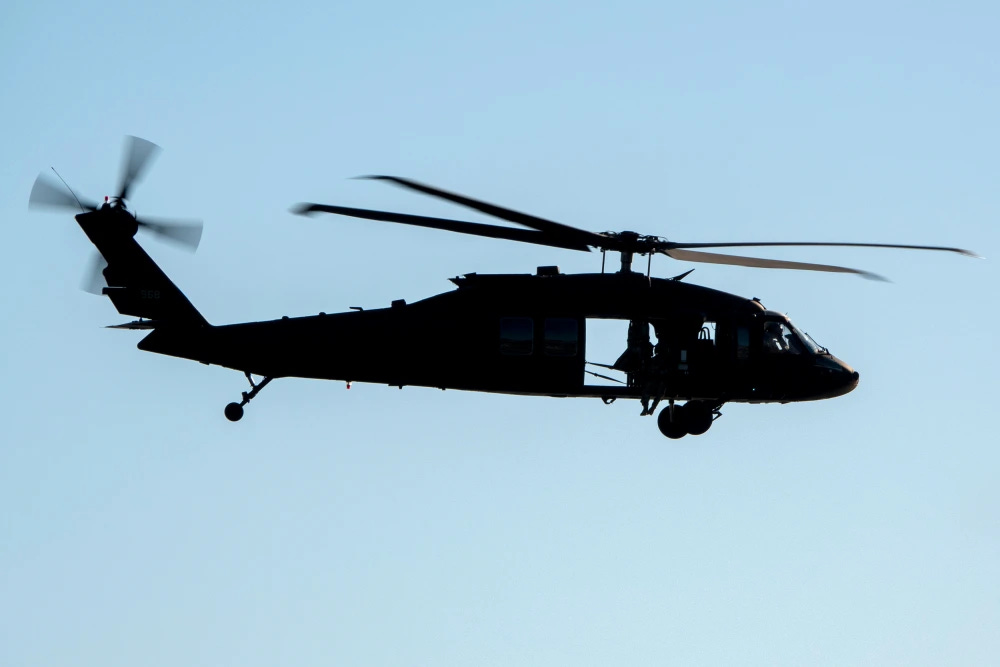Understanding Black Hawk Helicopters and Their Role After the D.C. Crash
The UH-60 Black Hawk, a versatile “utility tactical transport” helicopter, has been a crucial part of U.S. Army operations for decades.
The recent fatal collision near Ronald Reagan Washington National Airport, which resulted in the deaths of all 67 people on board both aircraft, involved a UH-60 Black Hawk—an aircraft widely regarded as the backbone of Army aviation.
A multi-role military helicopter, the Black Hawk has been essential to U.S. military operations since its introduction in 1979. Designed for air assault, transport, and disaster relief missions, the aircraft has been used in every major Army operation for over 40 years.
Manufactured by Sikorsky, a subsidiary of Lockheed Martin, more than 5,000 Black Hawk helicopters have been produced and supplied to 36 countries. The Army anticipates the aircraft will remain a key part of its fleet for at least the next three decades.
Details of the D.C. Collision
The Black Hawk involved in the crash belonged to Bravo Company, 12th Aviation Battalion, stationed at Davison Army Airfield in Fort Belvoir, Virginia. According to military officials, the aircraft was conducting a routine training mission at the time of the collision.
The three soldiers aboard were described as an experienced crew, including an instructor pilot with over 1,000 flight hours. Officials noted that the flight was part of an annual evaluation of the pilot’s nighttime flying capabilities.
The cause of the crash is under investigation by the National Transportation Safety Board (NTSB). However, retired Army Lt. Col. Darin Gaub told MSNBC that video footage suggests the helicopter did not alter its course, speed, or altitude before impact. This could indicate that the crew was unaware of the passenger jet’s presence.
Gaub also pointed out that the training mission had fewer crew chiefs than usual monitoring for potential hazards in the sky. While such exercises typically include three crew chiefs, Wednesday’s flight had only one, which may have impacted the crew’s ability to detect other aircraft.
Black Hawk Safety Record
Despite its long-standing reliability, Black Hawk helicopters have been involved in past fatal incidents. Nearly two years ago, a training exercise at Fort Campbell, Kentucky, resulted in a mid-air collision between two Black Hawks, killing all nine soldiers on board.
Following that crash and another fatal collision involving two Apache helicopters in Alaska, the Army temporarily grounded its aviation fleet, apart from critical missions. Army Chief of Staff James McConville emphasized that the stand-down was a precautionary measure to enhance safety protocols and prevent future accidents.
An analysis by Military.com following the Fort Campbell crash found that 60 people had died in Black Hawk-related training incidents over the past decade. However, the review also concluded that, relative to the number of flight hours, Black Hawks are among the safest helicopters in the Army’s fleet, with fewer fatal incidents than the AH-64 Apache and CH-47 Chinook.
As the investigation into the D.C. crash continues, military officials will be closely examining potential contributing factors, including crew training, air traffic conditions, and possible mechanical issues.


